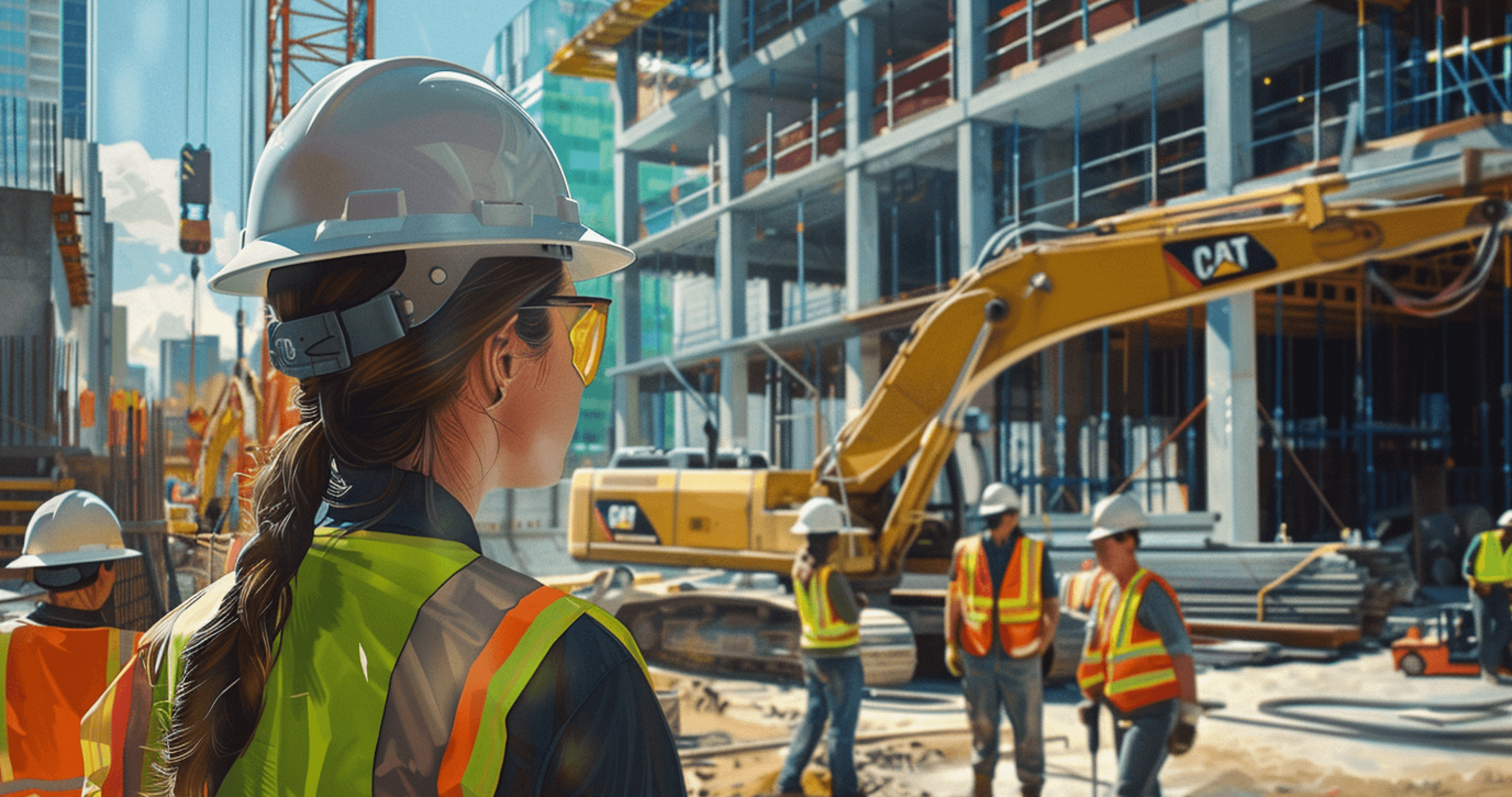Article
Women in construction
The construction industry stands at a pivotal point where embracing diversity and fostering an inclusive environment can significantly drive innovation and growth. One powerful way to achieve this is by promoting the involvement of women in the sector. Historically, women's roles in construction were often overshadowed by societal expectations that prioritized their duties at home. Despite this perception, women have always contributed to construction, from labor-intensive roles such as hauling materials and mixing mortar to working in factories producing construction materials during the Industrial Revolution.
Today, the presence of women in the construction industry is more crucial than ever. Women-led companies are known to foster higher levels of employee satisfaction, experience lower turnover rates, and achieve better project outcomes. This translates to higher quality work, improved productivity, and superior project management. Partnering with women-owned construction companies not only enhances project success but also brings additional benefits in the government contracting process, thereby serving both contractors and the communities they engage with.
Allowing a wide freedom of design, these panels can be arranged in different forms, with either large, small or narrow panels assembled in a vertical, horizontal or angled pattern. Architects can also play with special applications such as perforations, extreme cuttings, milled surfaces and curved walls. Between the panels, there are four types of connecting joints: open, overlap, covered or baffled joints. Blending with the panel’s color, fixings can be both visible or hidden, yet accommodating to support the frame without adding excessive stress to the panel. As a ventilated facade system, these panels include a backing wall that allows space for air circulation.
The rise of women-owned construction companies is reshaping the industry's standards for success and advancing gender equality. Despite its historical male dominance, the construction sector must evolve to become more inclusive. This evolution involves tackling deep-seated gender stereotypes and biases, ensuring equal access to training and career advancement opportunities, and implementing family-friendly policies alongside flexible work arrangements.
Promoting diversity within the construction industry is not just about fulfilling a moral obligation; it is a strategic advantage. An inclusive environment attracts a broader range of talent and expertise, fostering new ideas and creativity. This infusion of diverse perspectives is essential for driving innovation and sustaining growth in the future. As the industry continues to diversify, it will undoubtedly benefit from the rich array of skills and insights brought by a more gender-inclusive workforce.
By actively promoting diversity and inclusion, the construction industry can break free from outdated norms and build a more dynamic, innovative, and successful future. Embracing this change is not only beneficial but necessary for the industry to flourish in an ever-evolving world.


Read More
- © 2024 SSA. All Rights Reserved.
- Terms of Use



